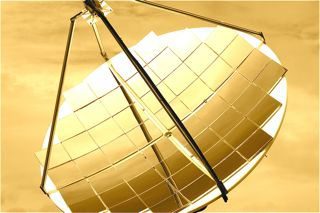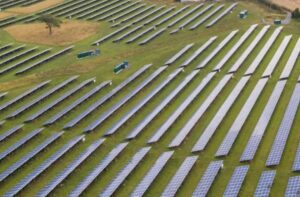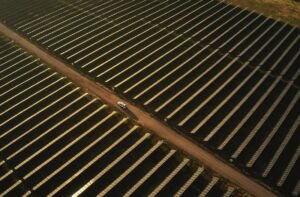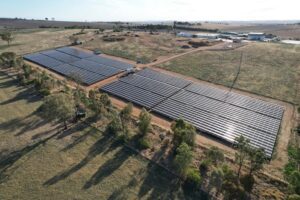Australian listed company Silex Systems has shut down the operations of its once ground-breaking solar power technology, saying that it failed to find an investor after deciding to focus its business on uranium laser enrichment.
The closure of Solar Systems, which had developed a “dense array” solar dish technology, follows a troubled few years for the company, which collapsed in 2011 and was then picked up at a price of just $2 million by Silex Systems.
Solar Systems built a 1.5MW trial facility of its technology, as well as a 1MW demonstration plant in Saudi Arabia. It had planned a big 100MW solar power station in Mildura, Victoria, with predictions that the technology could eventually provide power below $100/MWh. But funding for that project was pulled last year by both Silex and the Australian Renewable Energy Agency after Silex announced its strategic review.
ARENA was to put $75 million into the project, and $35 million from the Victoria government.
 At the time, the company blamed the decision on a “number of factors”, including low wholesale electricity prices and the uncertainty surrounding the Renewable Energy Target,” the statement said.
At the time, the company blamed the decision on a “number of factors”, including low wholesale electricity prices and the uncertainty surrounding the Renewable Energy Target,” the statement said.
Silex CEO and Managing Director Michael Goldsworthy said in a recent statement that activities at Solar Systems’ business operations would cease immediately after a 12 month search for investors proved fruitless.
This follows a rigorous extended global process to attract new investment in Solar Systems which ultimately has been unsuccessful.
“Although this process revealed considerable interest in the ‘Dense Array’ concentrating dish technology developed by Melbourne-based Solar Systems, the company was unable to secure a buyer or investor with the funds needed to take the business forward, in part due to difficult investment conditions in target markets,” the company said.
“Whilst this technology has great potential, without significant third party investment, Silex does not have the capital required to support the large scale production and global marketing needed to make it cost effective,” Goldsworthy said.
However, the company did announce last week that it has sold the licence to its Translucent semi-conductor technology to the UK-based IQE, in return for an upfront payment of $1.5 million and six per cent royalties on products.
The Solar Systems technology is not the first Australian solar technology innovation to bite the dust. Origin pulled out of its Sliver solar PV technology in 2013, while the owners of another dish solar technology, went into receivership after the Solar Oasis project in Whyalla was pulled.
French nuclear giant Areva recently announced plans to dump another Australian-developed technology, the compact linear fresnel reflector installations developed by David Mills, although it will complete a 44MW solar “booster” plant at the Kogan Creek coal fired power station in Queensland.








